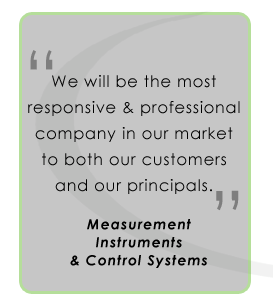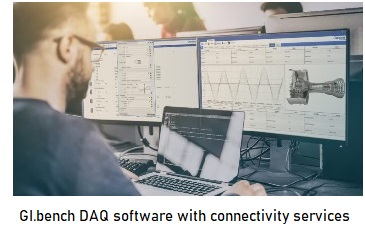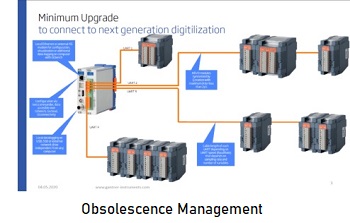|
9 Vital Aspects of Bulletproof Test Cell Systems Integration
June 2020,
MARIETTA, GA ~
Sounds easier as it actually is? You are 100% right, because integration of advanced technology into existing systems can be tricky.
Here is some advice on what you should consider when choosing advanced test and measurement technology for integration and what makes it a lot easier.
1. Connectivity
With Gantner’s GI.bench data processing service, your software solutions can benefit from Gantner’s advanced data handling by accessing continuous, triggered, and post-processed data streams via open API interfaces. Even the potentially complicated process of configuring advanced analog or arithmetic channel settings can be performed through XML-RPC protocols and Gantner’s libraries. Configuration changes can directly be written to the I/O modules using 3rd party software.
2. Obsolescence Management
Keep your Legacy systems and use Gantner as a gateway to new DAQ to profit from all its unique benefits.
Drivers are available for use with existing interfaces, e.g., Modbus, for easy integration with legacy systems.
Use smart edge devices (e.g., Q.station X) to collect data from legacy I/O’s and integrate into modern DAQ – use Gantner as a gateway to the future of measurement.
3. Legacy Hardware Support and a Migration Path Forward
Click here
to continue reading this article...
|





